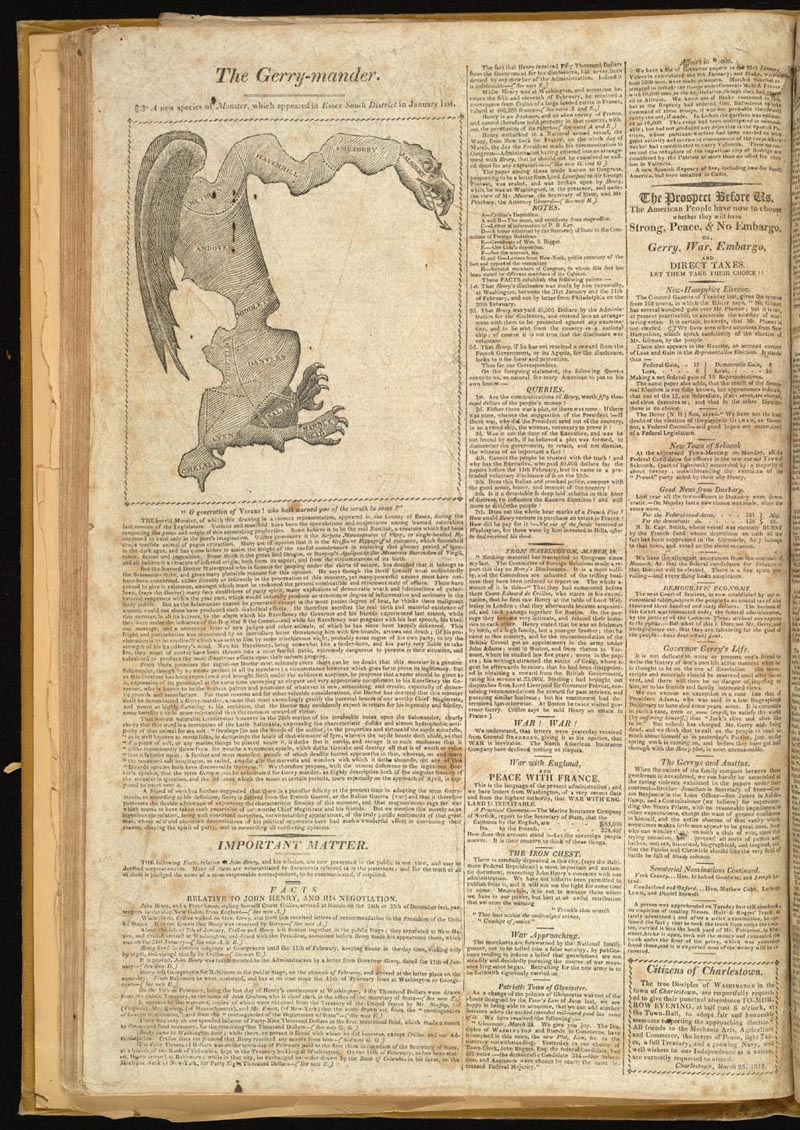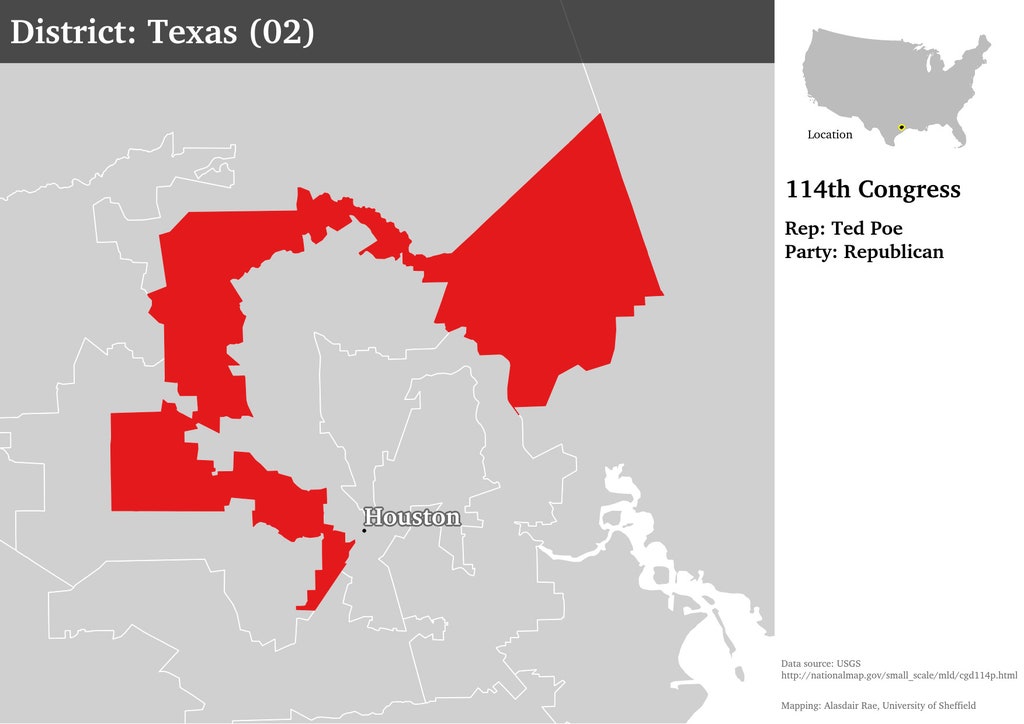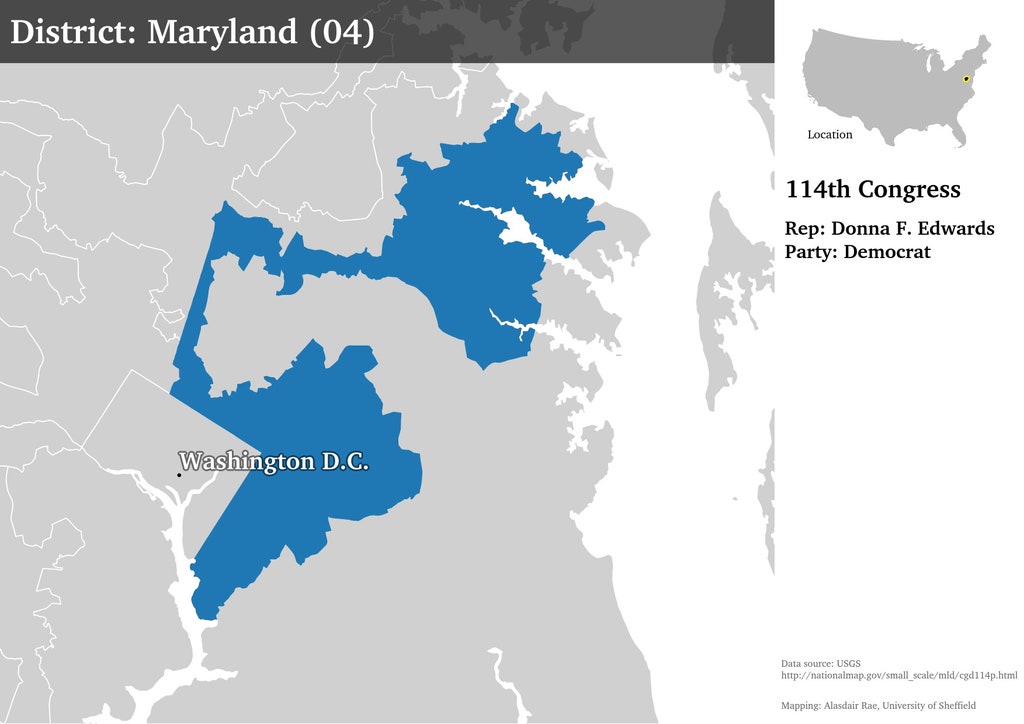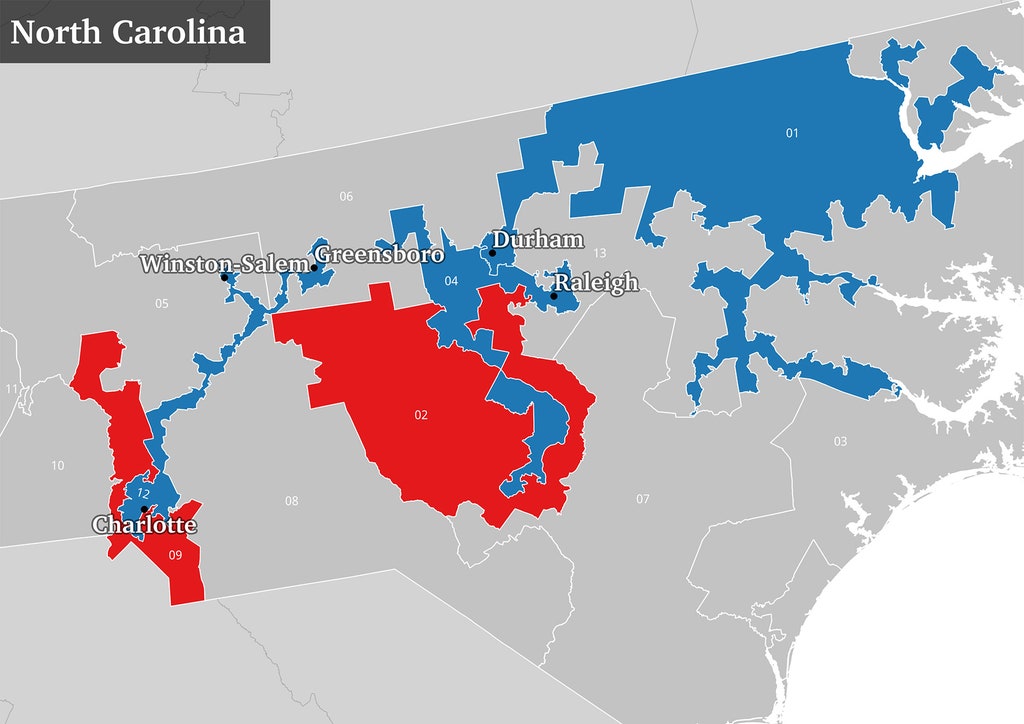Definition, Examples, Setup
On the 11th of February 1812, Elbridge Gerry - the governor of Massachusetts at the time - signed a bill into law approving the redistricting of Essex County. However, there was something different about this plan - it was quite bizarrely-shaped.
This gave political satirists and cartoonists significant ammunition. Elbridge Gerry’s new map was now understood to be helping his party stay in power over the opposing Federalist Party. The Salem Gazette later ran an article with a giant salamander superimposed onto the approved map and called it “The Gerrymander: A New Species of Monster.”, with gerrymandering being a concatenation of “Gerry” and “Salamander”. They did so because Gerry’s map was so odd, it seemed to resemble a salamander.


This was the first recorded instance of rigging elections/trying to stay in power by changing the map altogether. This practice is now called “gerrymandering” - a direct consequence of Elbridge Gerry’s greed - and it lets us define the term more formally, for the purposes of this project, before we move on.
Gerrymandering is the act of redrawing maps/districts in a way that intentionally gives one side an unfair advantage over the other. In the modern day, this is usually done by policymakers, lawmakers, and public officials in state legislatures. Gerrymandering comes in many flavors: it can be partisan (along party lines, like Democrats/Republicans), racial (to divide people of different races), social, or even religious.
In practical terms, gerrymandering comprises of two core strategies: packing and cracking.
Packing involves crowding opposition voters into the fewest number of districts possible in order to lose the fewest number of seats possible. So, for example, if there are 10 districts in an area, you would want to pack all the opposition voters into 1 of those districts so you only lose 1 district and guarantee seats in the other 9 districts. Cracking is the opposite phenomena. You spread the opposition voters as thinly as possible across all districts to ensure they can’t accumulate enough votes to win over districts.

Moving on, the salamander-shaped map from earlier may have made it obvious, but gerrymandered maps can look really, really weird. This may indicate that there was some foul play behind the scenes. Here’s an example of what they can look like:

And this:

And even this:

I could go on and on, but you get my point. There is an almost endless number of such districts throughout the history of the United States that I could put here. And that’s indicative of the larger problem at hand - it shows just how widespread this practice really is. The most disturbing bit is that most people have given up on putting an end to it. They’ve resigned to the idea that this is just part and parcel of politics and is a norm that comes with the census and a multiparty democractic system. However, just because our policymakers and state legislatures are ill-equipped to deal with the problem, that doesn’t mean there’s no substantial work going on. As you will learn through all the sections of this project, a handful of groups and individuals are leading the charge in the fight against partisan gerrymandering and ensuring that every vote matters, at the end of the day.